Lasers can be divided into many categories based on their principle of operation, wavelength, and output powers; here we will discuss the class of lasers known as Excimer lasers. An Excimer laser is a pulsed laser whose operation relies on the interaction between noble gases and halogen gases, induced by strong electrical voltages. These lasers emit light in the UV wavelength range of 193 -351 nm.
Excimer lasers
Excimer lasers are used in various industrial, medical and scientific processes: in the microelectronic industry, for example, different types of excimer lasers are used for decades in numerous photolithography processes, enabling the microfabrication of integrated circuits with smaller and smaller dimensions. There are also other industrial processes that utilize Excimer lasers, such as pulsed laser deposition, fabrication of optical fiber elements, laser marking, and others. In ophthalmology, excimer lasers are used since they allow the removal of thin film of organic layers without causing heat damage to the rest of the tissue, which is crucial for eye surgery. Excimer lasers are also used to treat several skin diseases and conditions. In the scientific community these lasers are used in many applications, ranging from pumping other types of lasers, allowing gene manipulation, enabling research of chemical properties of materials and more.
What is common to all of the above examples is the need for accurate and repeatable energy and power levels of these systems: you need to have a highly reliable laser source if you want to reshape an eye with it! This is where Ophir enters the picture: offering NIST-traceable products, complying with the latest industry standards (such as ISO17025) and having global service and calibration centers, Ophir offers a wide variety of sensors aimed for measuring the power, energy, and shape of Excimer lasers at different wavelengths. Moreover, these sensors are often calibrated at the specific wavelength chosen by the costumer (such as 193 or 248 nm), allowing unmatched accuracy.
Measurement of excimer lasers
Measurement of excimer lasers is challenging since on the way to the sensor the light interacts with the air, hence affecting the results. This is another reason to buy your measurement equipment from Ophir, which has vast experience measuring Excimer lasers. If you want to learn more about why measuring Excimer lasers is tricky, please read our blog post on this topic. More info on how to characterize the beam shape of an Excimer laser can be found here.
Please visit our website to learn about Ophir’s thermal sensors, Ophir’s energy sensors, and Ophir’s beam profiling solutions, which also include products highly suitable for Excimer laser measurements. Need more assistance? Please contact us!
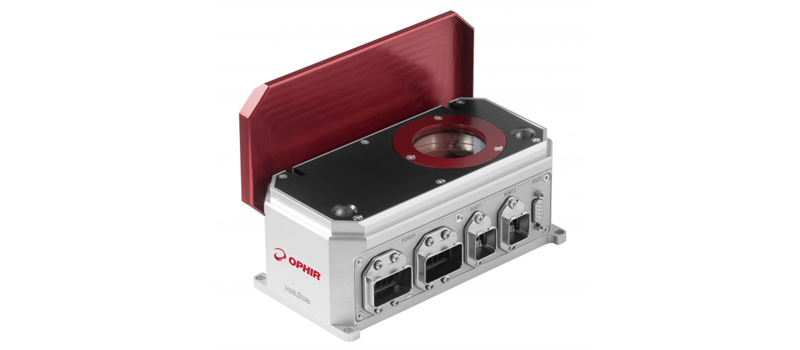
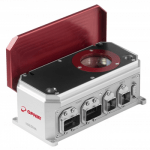

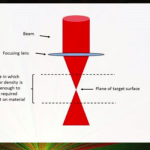
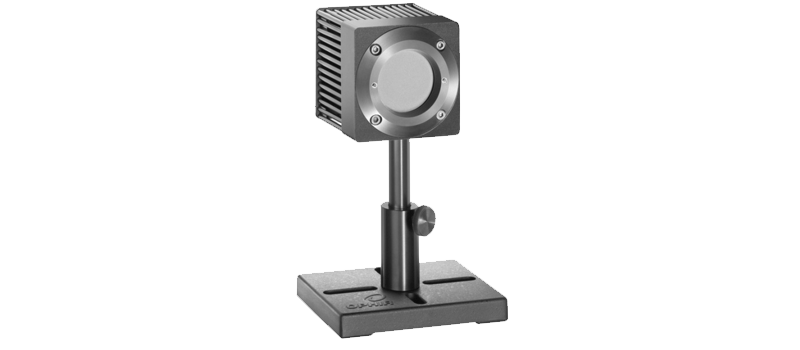
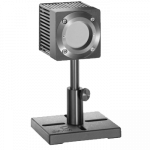
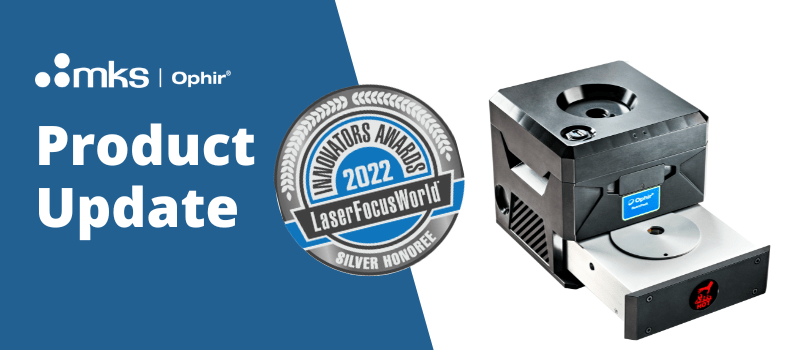
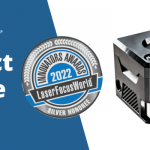




Leave a Reply
Your email address will not be published. Required fields are marked *